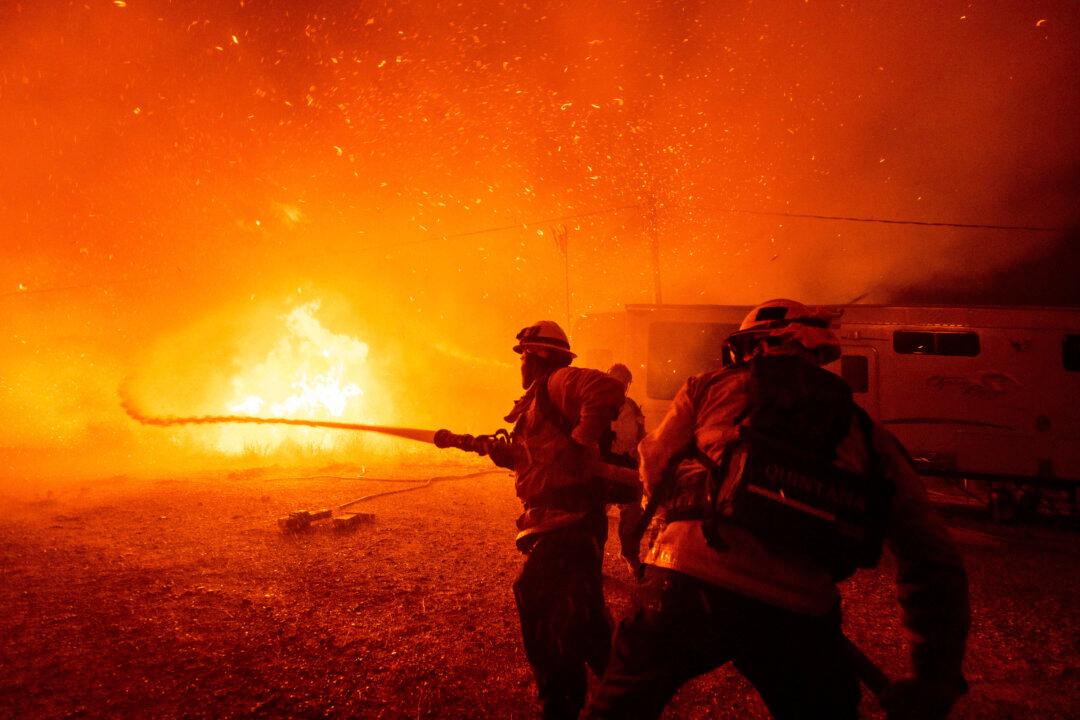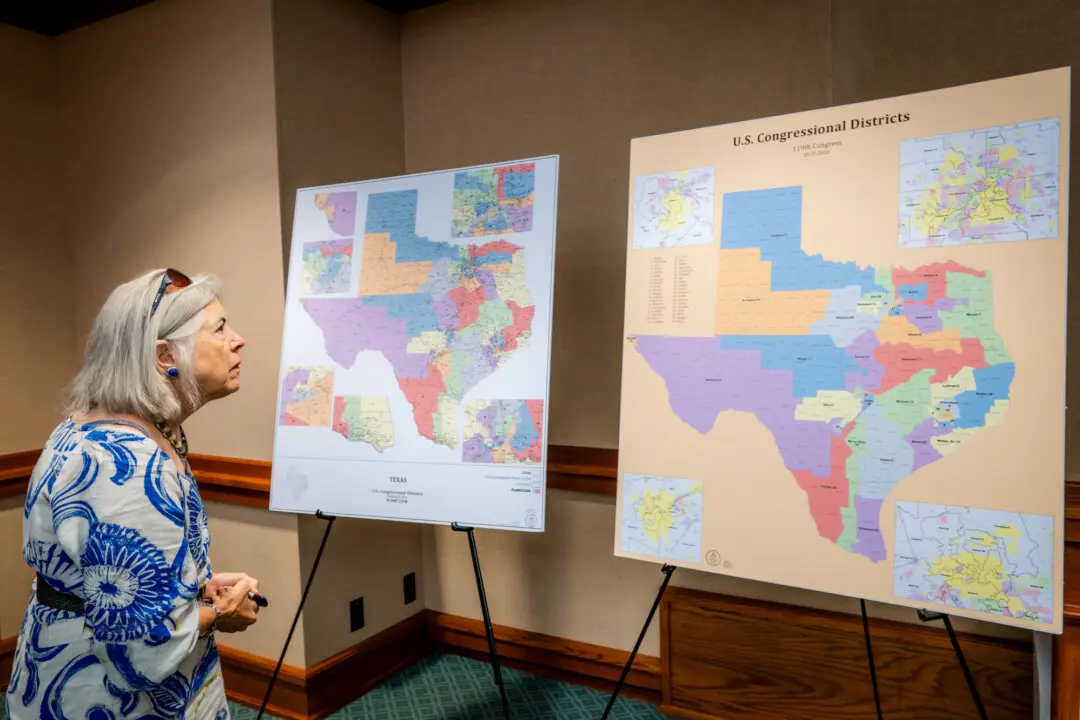Wildfires have continued to rage in Los Angeles County for over two weeks, with a new fire named the Hughes Fire, which broke out early on Jan. 22 in the north, rapidly expanding to more than 10,000 acres.
The Hughes Fire started in a mountainous region about 50 miles north of L.A., and has forced the mandatory evacuation of around 31,000 people, with a total of 4,000 firefighters tackling it from the air and ground.
As of Jan. 24, it was 36 percent contained.
The wildfires, starting around Jan. 7, were fuelled mainly by strong wind gusts of 100 miles per hour and sustained winds of 83 miles per hour in some places, coupled with low humidity, which quickly ignited into six devastating fires. The total area of destruction now reached is 76 square miles.
The Eaton Fire, as of June 24, has covered 14,021 acres (22 miles) and is 95 percent contained. It has been ranked as California’s second most destructive fire in history by the state’s fire prevention department, Cal Fire.
The Palisades Fire, as of June 24, has covered 23,448 acres (35 miles) and is 75 percent contained. It has been ranked as California’s third most destructive fire in the state’s history.
Fire hydrants around L.A. ran dry as officials reported water demand being four times the normal amount for 15 continuous hours.
California Gov. Gavin Newsom has called for an investigation into water pressure loss from the hydrants and why a key nearby reservoir was unavailable, leading to firefighters having insufficient water supplies to deal with the fires.
KCC, a catastrophe risk modelling firm, has estimated the insurance loss for the Palisades and Eaton fires at close to $28 billion.
An AccuWeather report estimates the fire damage at between $135 billion and $150 billion.
Evacuees are being allowed back into the areas, and residents are being asked to carry identification to enter their communities to prevent looters.
Newsom has increased efforts to strengthen security, preventing trespassing and other crimes.
Preventative measures are also being put in place to safeguard communities from mudslides and flooding owing to debris and ash spread across the areas, making the earth less absorbent.
Authorities have issued warnings to people returning to their communities about breathing in hazardous chemicals from the smoke, and an unsafe water alert was given to those in the Pacific Palisades area.
The source of ignition for the original fires remains under investigation.
President Donald Trump on Jan. 20 signed an executive order directing government agencies to start routing more water from the Sacramento-San Joaquin Delta in Northern California to the south.
Trump has threatened to withhold aid to California unless it changes its water policies.






